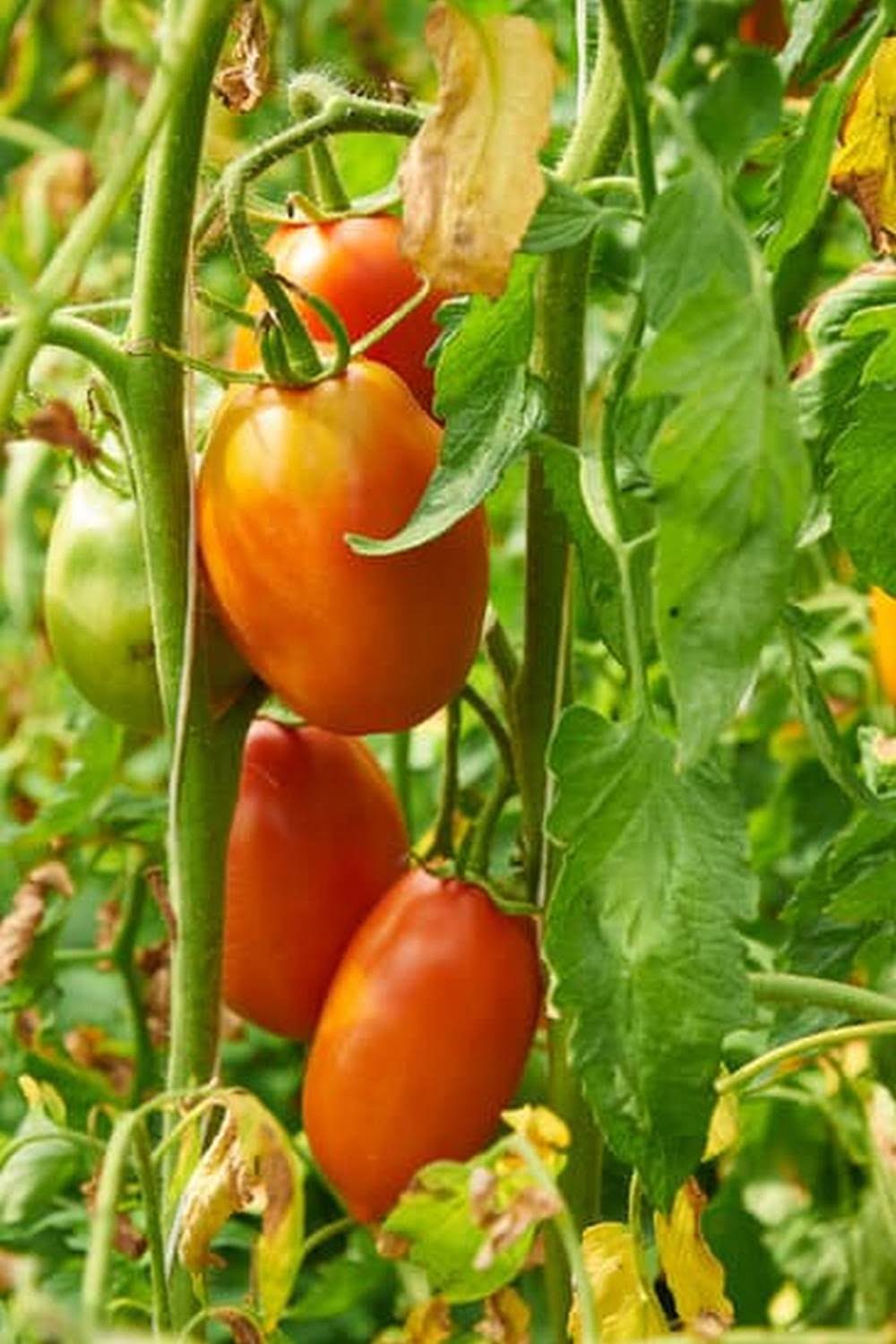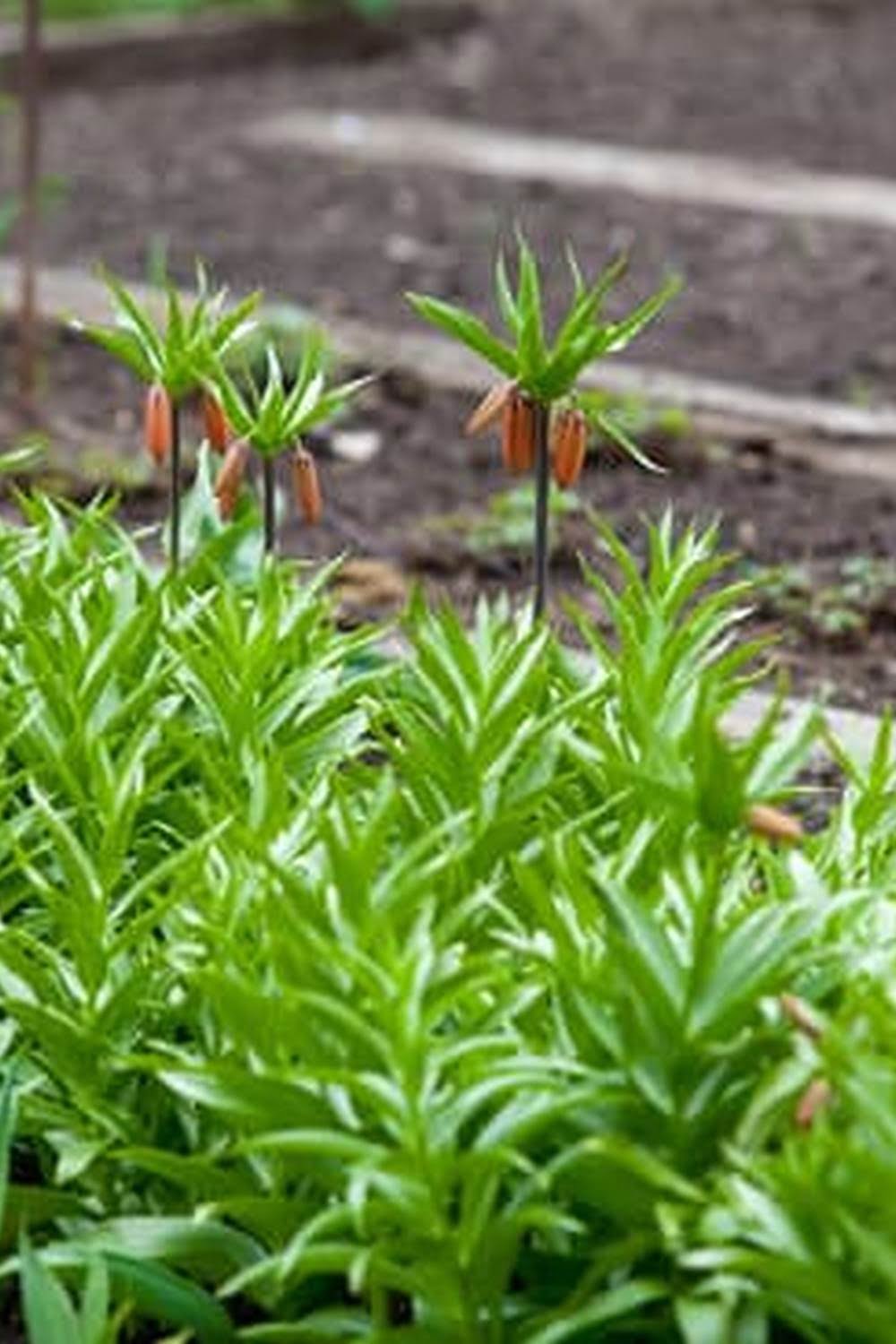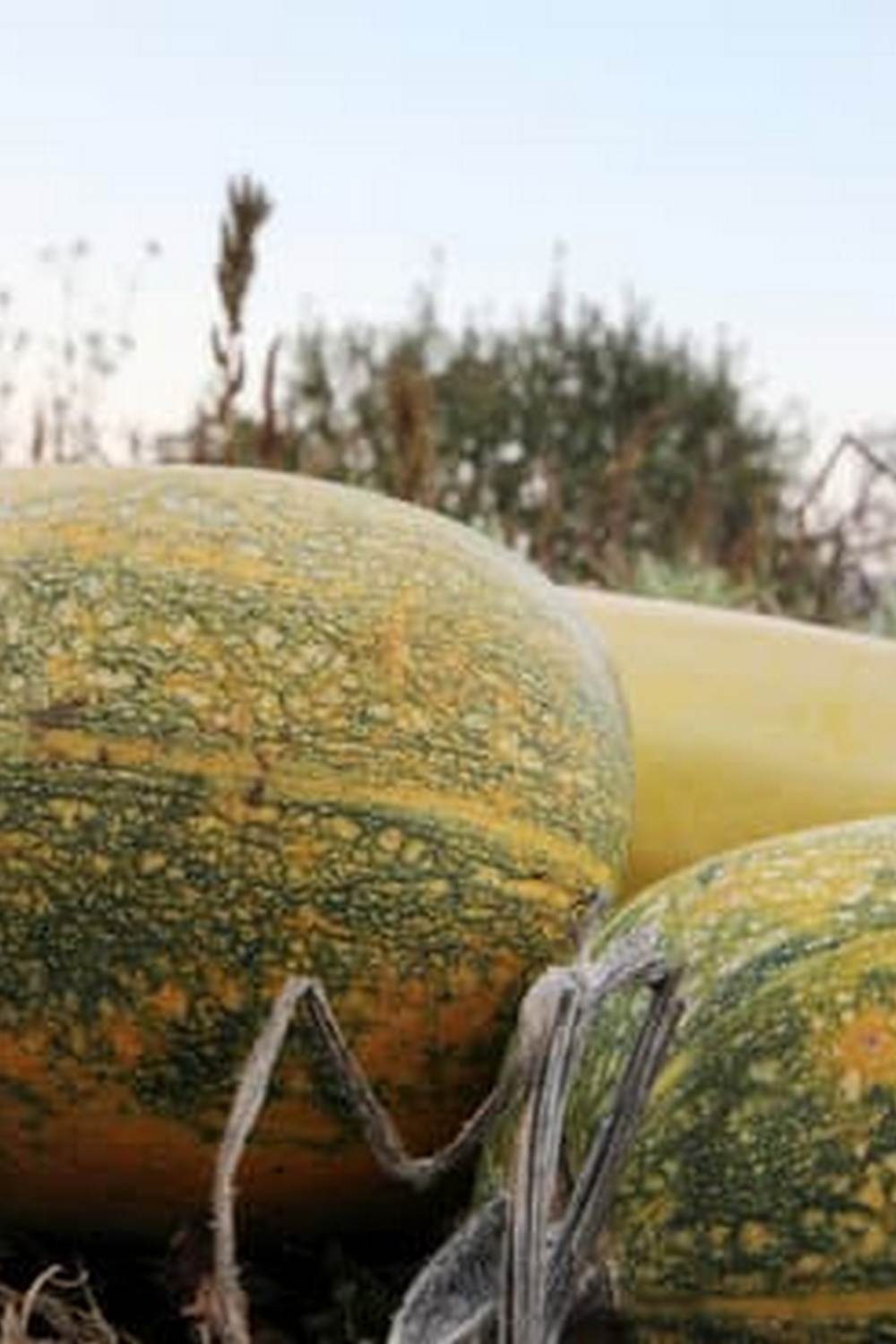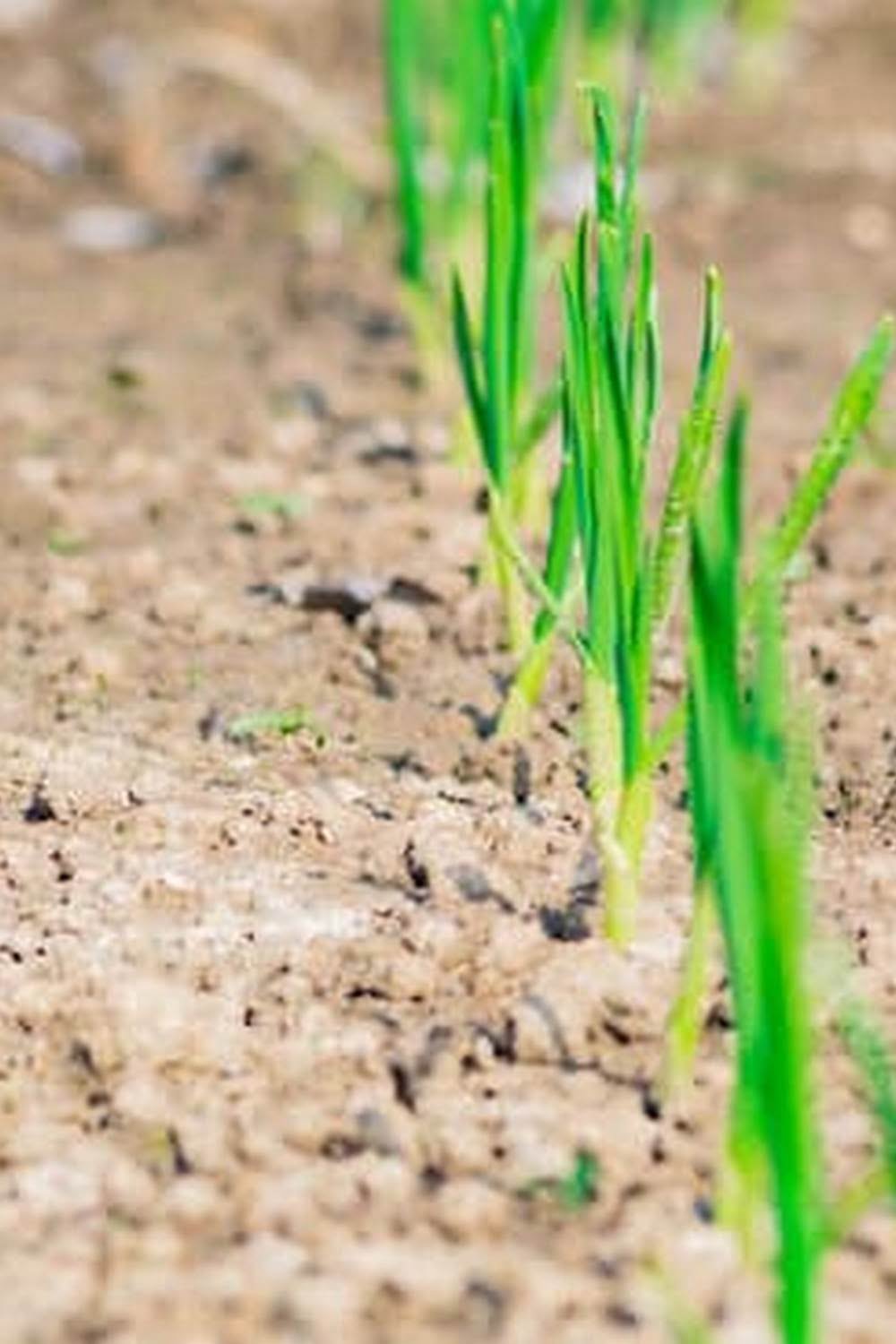Introduction
Planning a summer vegetable garden can be an extremely rewarding experience. Not only do you get to enjoy freshly grown vegetables on your plate, but you can also take pride in producing something completely natural. Gardening provides mental and physical health benefits as it encourages the individual to get outside and stay active, while tending to their plants. Additionally, growing your own food brings a massive sense of accomplishment, knowing that you have produced something unique with your own hands.
The first step to planning any garden is researching what types of vegetables thrive in your area during the spring and summer seasons. You should speak with local farmers or nurseries for advice on what plants will grow best in your environment. Once you’ve figured out the types of vegetables you want to plant, the next stage is determining where they should go in the garden space: meaning deciding how much sunlight plants need and spacing them properly for optimal growth. It’s recommended that every plant has adequate room to spread its roots freely so it can access water and other essential nutrients from the soil unhindered. When preparing for planting, dig out each desired location to loosen up hard surfaces and turn over the soil for aeration before placing seeds or seedlings into the soil bed. Finally, mulch the garden beds and surrounding area with organic compost material or grass clippings to protect against weeds popping up near or around plants when watering them.
Choosing the Right Location & Size
When planning your summer vegetable garden, the most important step is finding an appropriate location for it. Most vegetables prefer full sun, so pick a spot that gets 6 to 8 hours of sun each day if possible. Make sure the plot is not too close to large trees or shrubs, as the shade from these objects may decrease light exposure and inhibit the growth of your plants. It can also be helpful to consider how much space you will need for garden layout and maintenance. For example, you should leave enough room around plants for good air circulation and easy access with a rake or hoe. Once these criteria have been assessed, decide on the size of your garden area. If this is your first year gardening or if you just want to test out some new conservation methods, start small with 4-6 beds no more than 4 feet wide by 10-15 feet long. This type of size allows for plenty of growing space while minimizing weeding and maintaining tasks during busy summer months. As you grow more comfortable with gardening techniques and technology advances over time, feel free to expand your border area as desired!
Preparing the Soil
Preparing the soil for your vegetable garden is an important step in having a successful harvest. Select a spot in your yard that has well-draining soil, receives at least six to eight hours of sunlight each day, and is free from debris. The soil should contain the following components: organic matter like compost; loam; sand; silt; clay and humus. The ideal soil pH for your vegetable garden should be 5.5-7.2. Soil testing kits are available to measure the nutrient levels in your soil or you can bring a sample to your local cooperative extension office for analysis. Once your soil composition and nutrients are known, specific amendments will need to be added based on what is deficient or absent. Organic amendments like manure or compost can work wonders on building strong and healthy soils. In addition, plants with deep roots (like carrots) need deeply tilled soils while bush vegetables can thrive in shallowly tilled soils. It’s also a good idea to add mulch over the surface of the soil once planted which helps retain moisture avoiding water evaporation and weed growth.
Planting Considerations
When planning a summer vegetable garden, it is important to consider the types of vegetables that will be planted. Depending on the area, some vegetables are better suited for the summer than others. Heat-loving crops such as tomatoes, peppers, and eggplant generally produce a larger and tastier harvest when planted earlier in the season. Cold-tolerant veggies including kale, chard, and bok choy are typically planted later into the season.
In addition to considering what kind of vegetables to pick, it is also important to become familiar with companion planting strategies. This method involves planting certain species of plants close together in order to benefit neighboring vegetation or reduce competition between certain varieties. For example, pairing corn with beans can provide nitrogen fertilization for both crops while leaving ample room for other vegetables like squash and carrots nearby. Furthermore, understanding how different varieties of vegetables will interact with each other is highly beneficial to finalizing any garden plans.
Caring for Your Garden
Watering: It is recommended to water your garden in the morning or evening to avoid losing too much moisture due to evaporation. Depending on the season, soil type and size of your plot, you’ll need to adjust how much you water. Generally, it’s a good idea to keep the soil moist at all times–this will help your vegetables grow properly.
Fertilizing: To ensure that your vegetables have the essential nutrients they need for healthy growth, fertilizing is important. The type of fertilizers needed will depend on your local climate and the specific vegetables you are growing. Organic fertilizer is best as it won’t damage the environment or leach into groundwater sources.
Weeding: Weeds compete with vegetables for vital water and nutrients, so ensuring your garden is weed-free is vital for a productive summer vegetable garden. Keep in mind there are also beneficial weeds; these are usually unpalatable plants like chicory and dandelion that bring vital pollinators into the garden and act as companion plants for other species. But when dealing with unwanted weeds, simply pull them out by hand or use organic herbicides which dissolve quickly and can easily be washed away with a hose before they cause any harm.
Pests & Diseases: Pest control is important in any garden – not just vegetable gardens! Identify if there are any common pest invasions in your area before putting plants outside so you know what pests to look out for like slugs, aphids and caterpillars etc… Then develop a strategy on controlling these insects both organically or through chemical methods such as insecticidal soap or sprays available at local gardening centers. Additionally, be sure to check whether resistant varieties exist since some vegetables are more susceptible than others! As far as disease prevention goes, practice crop rotation every few years to prevent fungi from establishing themselves in the ground soil which can be detrimental to risky crops grown frequently in one spot like tomatoes due its propensity for tomato plant wilt.
Harvesting & Storage
When it comes to harvesting the vegetables in your summer vegetable garden, timing is key. Generally speaking, vegetables should be harvested once they have achieved the desired state for consumption. For example, tomatoes can be harvested when they are ripe and firm and cucumbers can be harvested when they are a vibrant green and just beginning to show yellow patches. As far as storage suggestions go, properly storing your vegetables will help them to remain fresh and preserve their flavor. Most vegetables can be stored in airtight containers or bags in a refrigerator for two weeks or more. Additionally, there are many simple methods of preparing and preserving/freezing produce from your summer vegetable garden which will help you enjoy it year-round such as freezing broccoli florets, pickling cucumber slices, making jams out of berries, etc.. Keep in mind that different types of fruits and vegetables have different storage needs so do some research and plan accordingly. With proper storage methods, you’ll be able to keep your produce fresh while also extending its shelf life and enjoying fresher food all season long.
Extra Tips & Tricks
Soil Test: Before planting your summer vegetable garden, it is important to have your soil tested. A soil test can provide you with the pH levels, nutrient dynamics and other information about your soil that will help you select the types of vegetables that are most suitable for gardening in that particular location. Additionally, a soil test will tell you if there are any hazardous or high levels of contaminants in the soil, so that you can decide which plants might be suitable for growing under those conditions.
Soil Amendments: Depending on what your soil test results indicate, you may need to add certain amendments to improve the fertility of your summer vegetable garden. If your garden is lacking in nutrients or has an unbalanced nutrient profile, then adding fertilizer and other organic matter such as compost can help replenish those depleted stores and make sure that your plants are receiving all essential nutrients they need to grow better.
Fencing: Fences are also a great way to protect your summer vegetable garden from pests and intruders like deer or rabbits. A sturdy fence made out of wood or metal fencing can keep away animals that might otherwise compete with your crops for food and resources. Be sure to check local regulations when erecting a fence as there might be restrictions on height or type of fencing allowed in certain areas.
Conclusion
Planning a summer vegetable garden is an exciting way to get your hands dirty and reconnect with nature. It can be a fun, creative project for the whole family to enjoy and benefit from. When creating your summer vegetable garden, it’s important to prepare prior to planting the seeds for optimal results. Start by thoroughly researching any desired vegetables so you understand their sun exposure and watering requirements. Once you have selected varieties, create a layout of where each should be planted in accordance with spacing needs and companion planting recommendations that are specific to their compatible spectrum. Finally, select fertilizers or soil amendments that provide the nutrients and drainage quality necessary for your crops to thrive as they require different nutrients at varying stages of growth. Don’t forget to devote time every week continuously weeding out anything competing with the plants for water and nutrients, such as invasive species and aggressive weeds.
Once implemented correctly, your vegetable garden will be full of healthy produce all summer long! If you find yourself in need of help along this journey, consider professional gardening services from organizations located near you or join local gardening support groups that provide members with information and networking opportunities centered around vegetable gardens. The addition of these resources will offer further guidance that can enable even more successful harvests each year!

If you’re looking to get into vegetable gardening, or are just looking for some tips on how to make your current garden better, then you’ve come to the right place! My name is Ethel and I have been gardening for years. In this blog, I’m going to share with you some of my best tips on how to create a successful vegetable garden.





